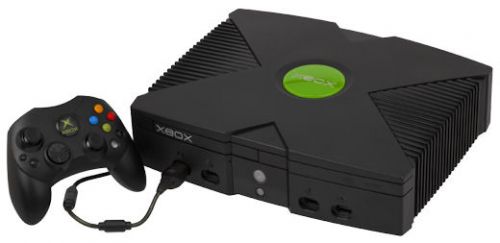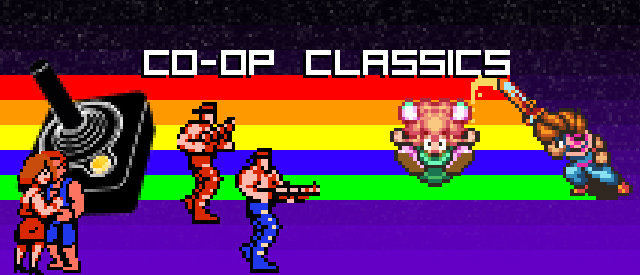This past week marks the tenth anniversary of the release of two co-op consoles. On November 15, 2001, Microsoft entered the video game hardware market with the original Xbox. Just three days later, the veterans at Nintendo released their offering, the GameCube. Besides very similar names, the two systems shared at least one more attribute. They both brought new innovations to our favorite aspect of video gaming: cooperative play. This week, we'll cover the first of these decade-old systems, the original Xbox.
The video game landscape in 2001 was much different than it is today. The hottest console on the market was Sony's Playstation 2, which had been released the previous year. It would go on to become the best-selling console of all time. Sega's futuristic, ill-fated Dreamcast system was only two years old, yet was a commercial failure, having already been discontinued. The solid but aging Nintendo 64 was fading fast, paving the way for the release of it's successor, the Gamecube. Joining Nintendo's purple cube on the console scene was a new challenger: Microsoft's Xbox.

It seems hard to remember now, but Microsoft wasn't always in the home video game console business. The monolithic company was largely known for its software offerigns, thanks to the ubiquitous Windows operating system. But Microsoft was ever eager to become more involved in hardware, and especially devices used in the living room, where competitors had a strong foothold. Seeing the success of Sony's original Playstation, Microsoft began development of a PC-like home video game console in the late 1990s. These plans came to fruition in late 2001 with the release of the Xbox.
From a hardware standpoint, the Xbox was an impressive piece of technology. Graphically, it was superior to the Playstation 2, and was the first console to include a hard drive in every unit, which meant you did not need to worry about pesky memory cards for your save games. DVDs were the new hotness in the home video industry, and the Xbox had a DVD-ROM drive that was compatible with all your favorite movies, in addition to playing Xbox games. In addition to a healthy four controller ports, and perhaps most importantly to fans of co-op, the Xbox had a standard ethernet port for connecting to broadband internet.
